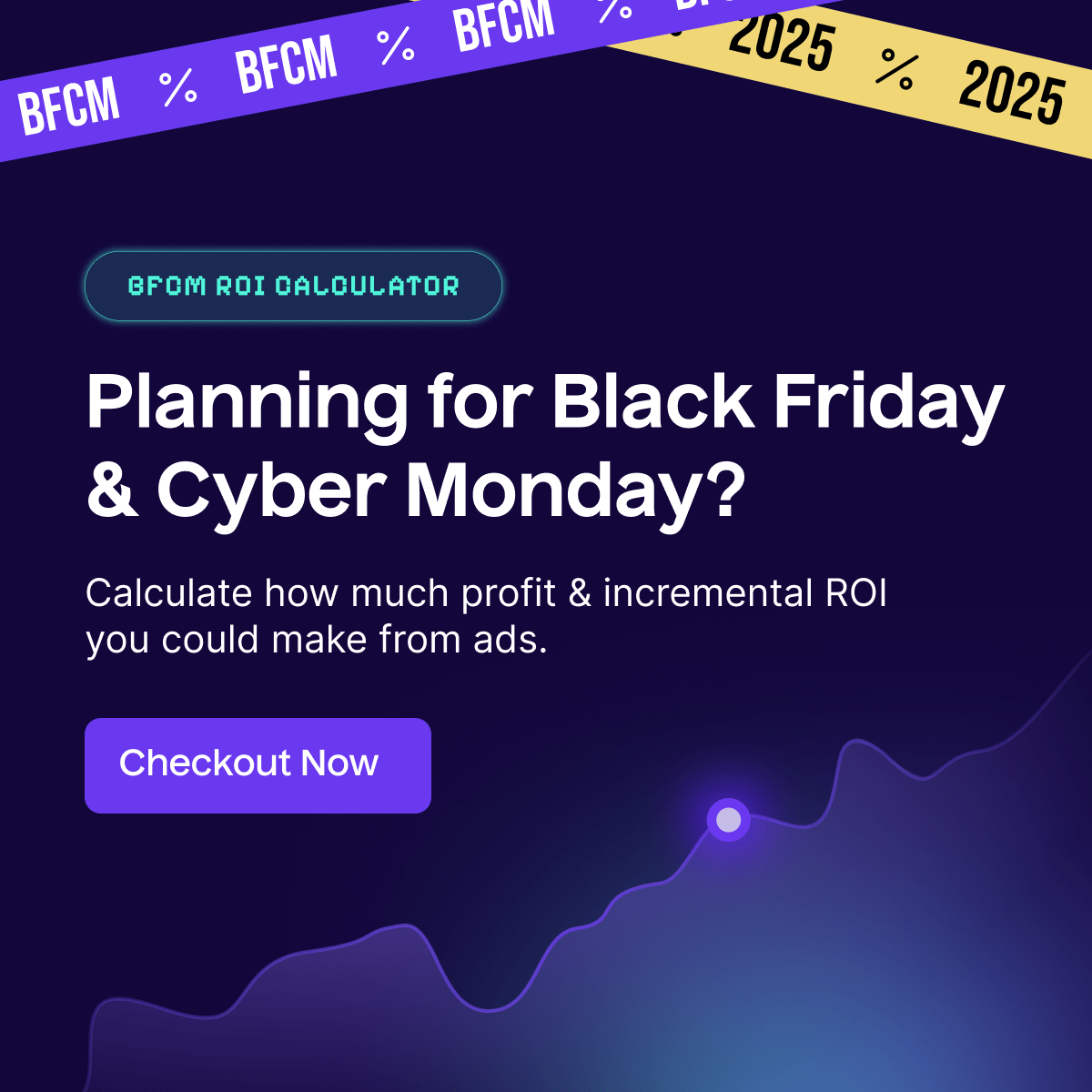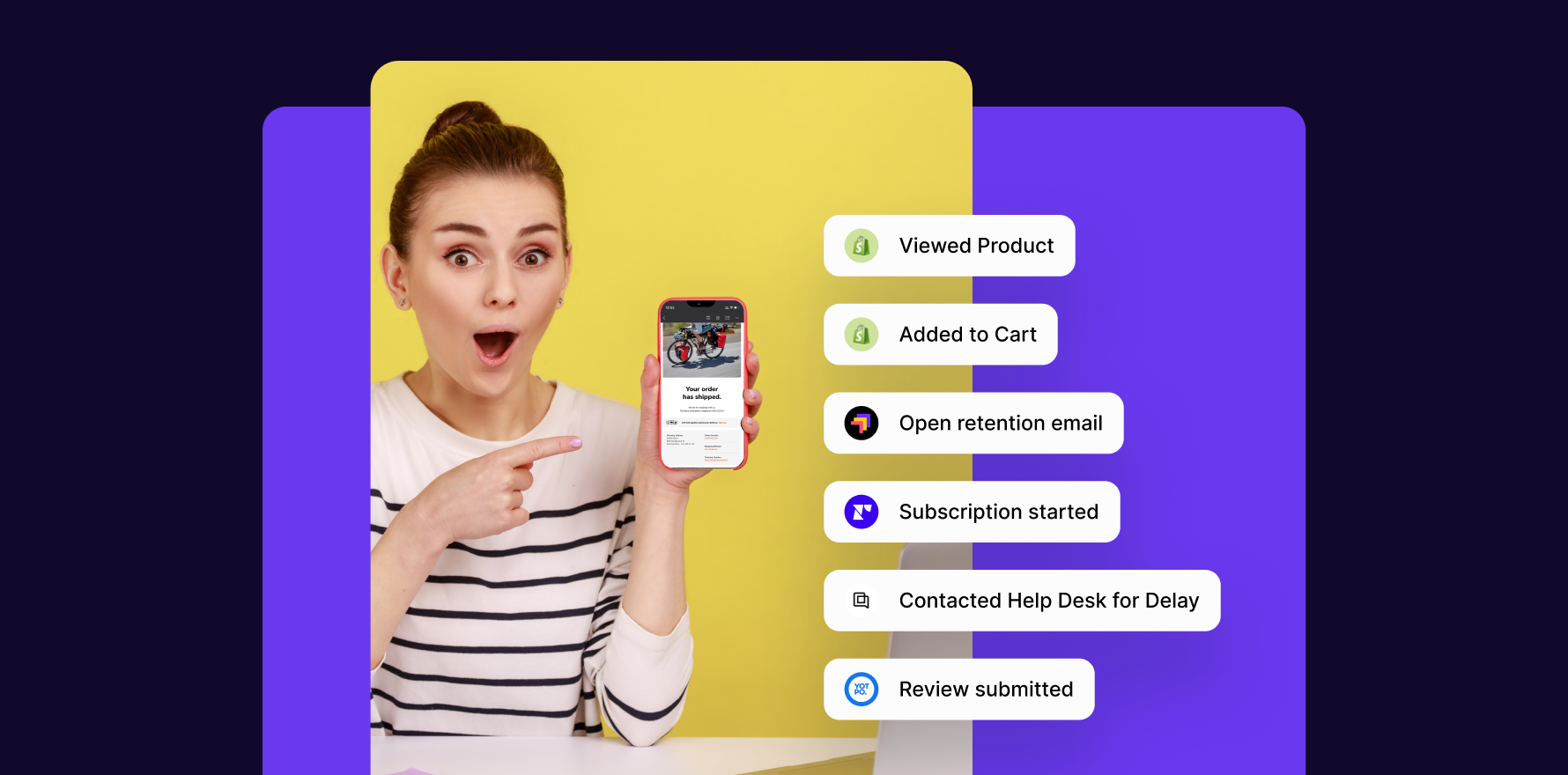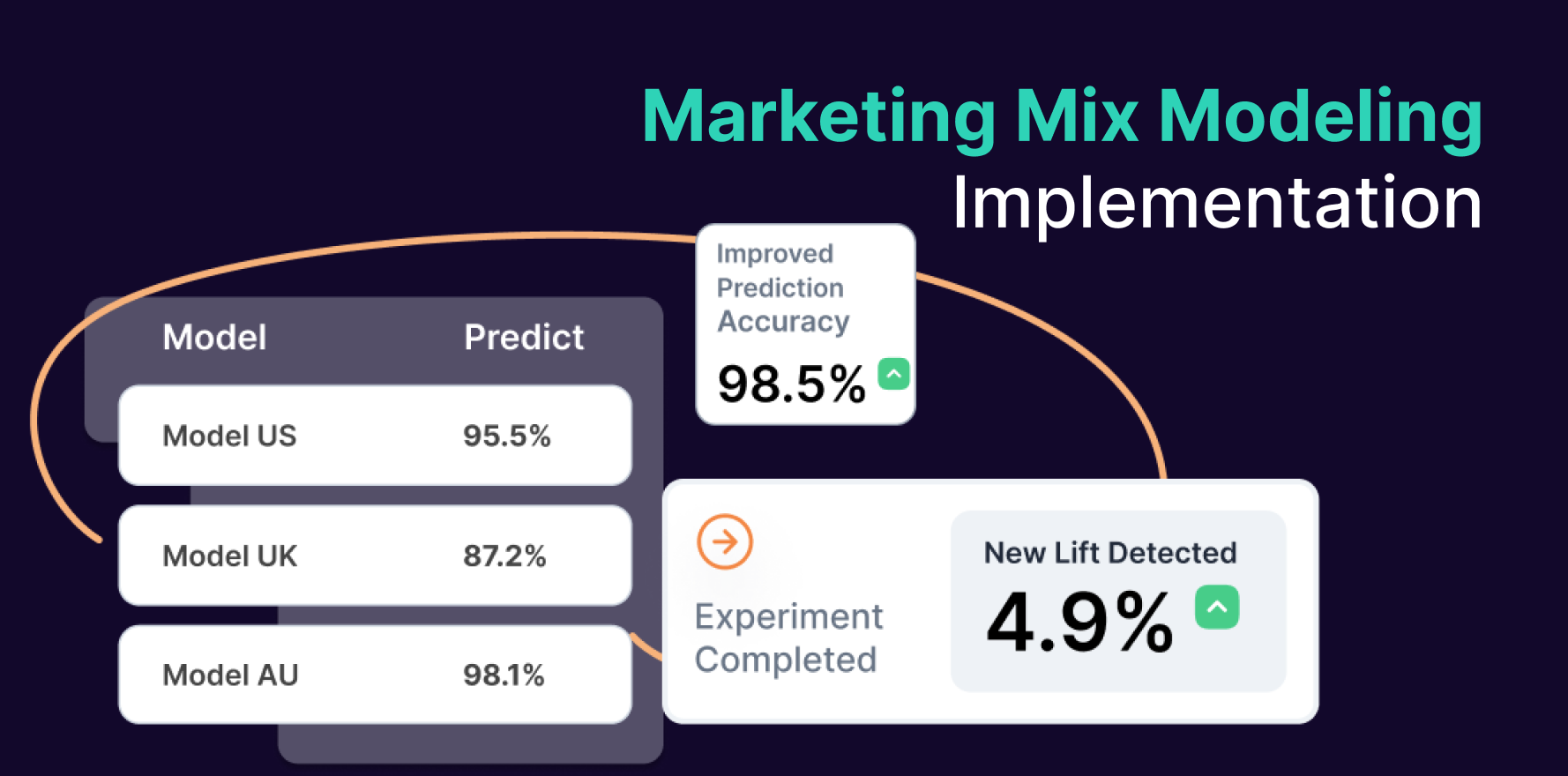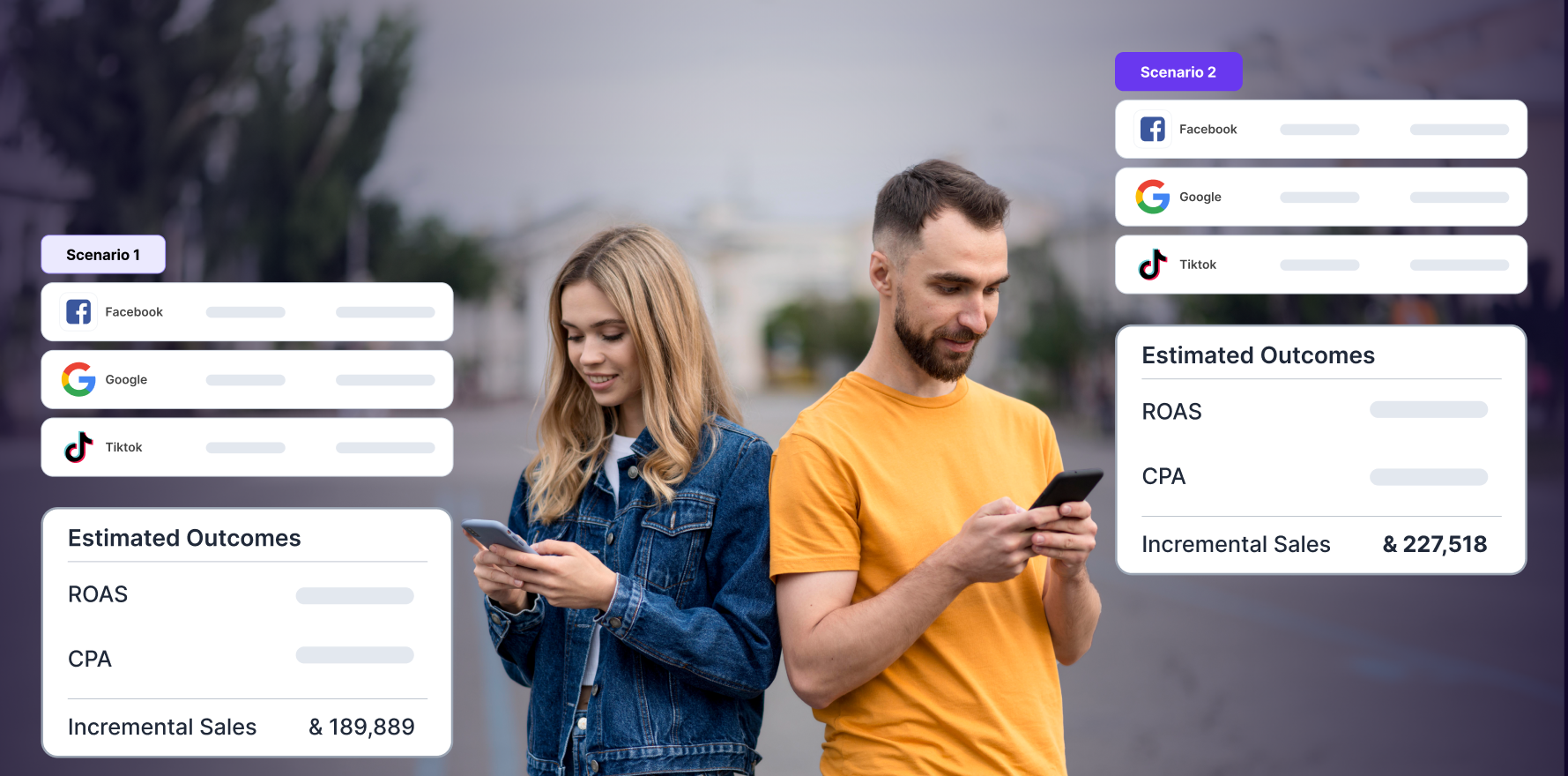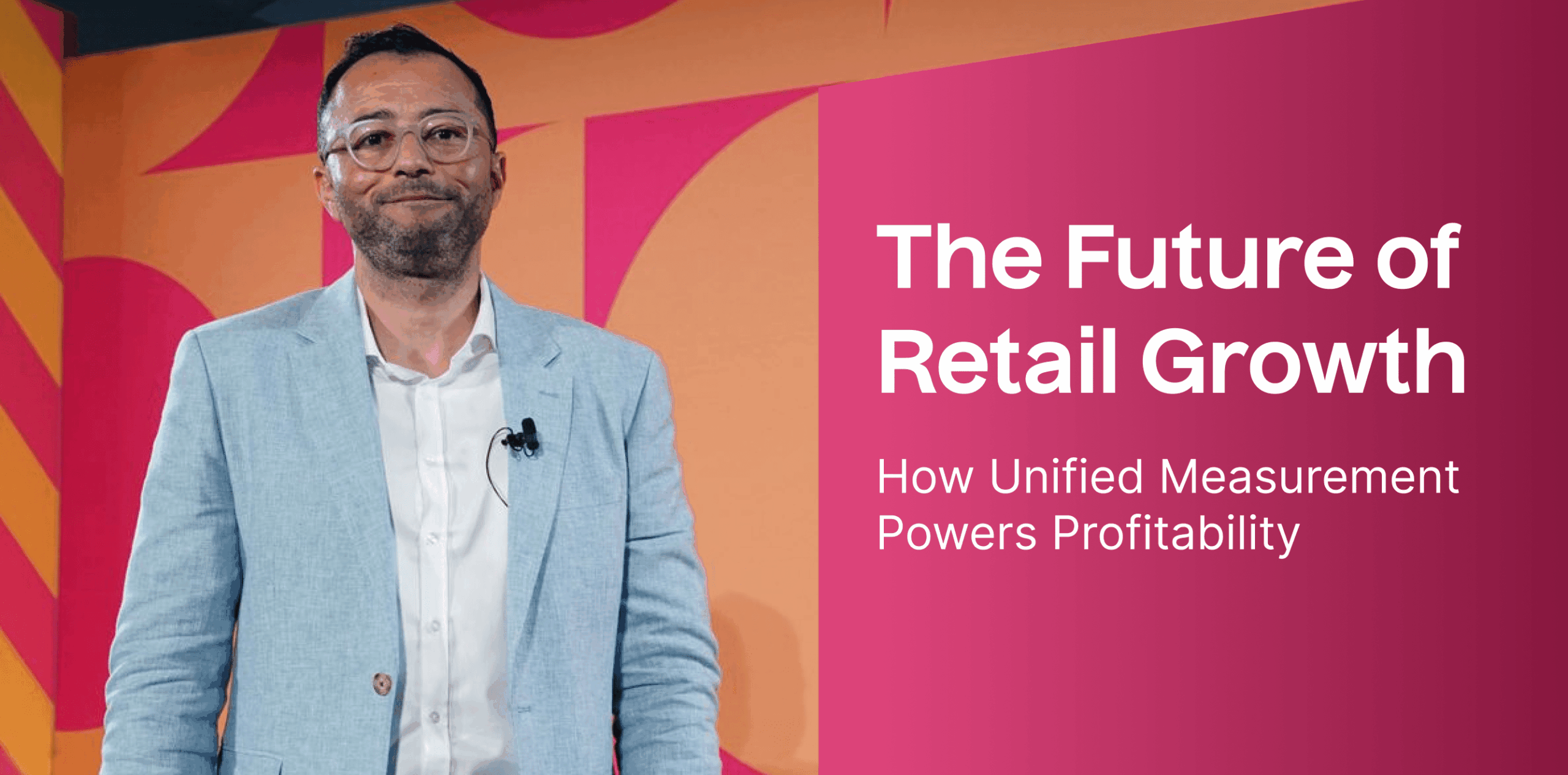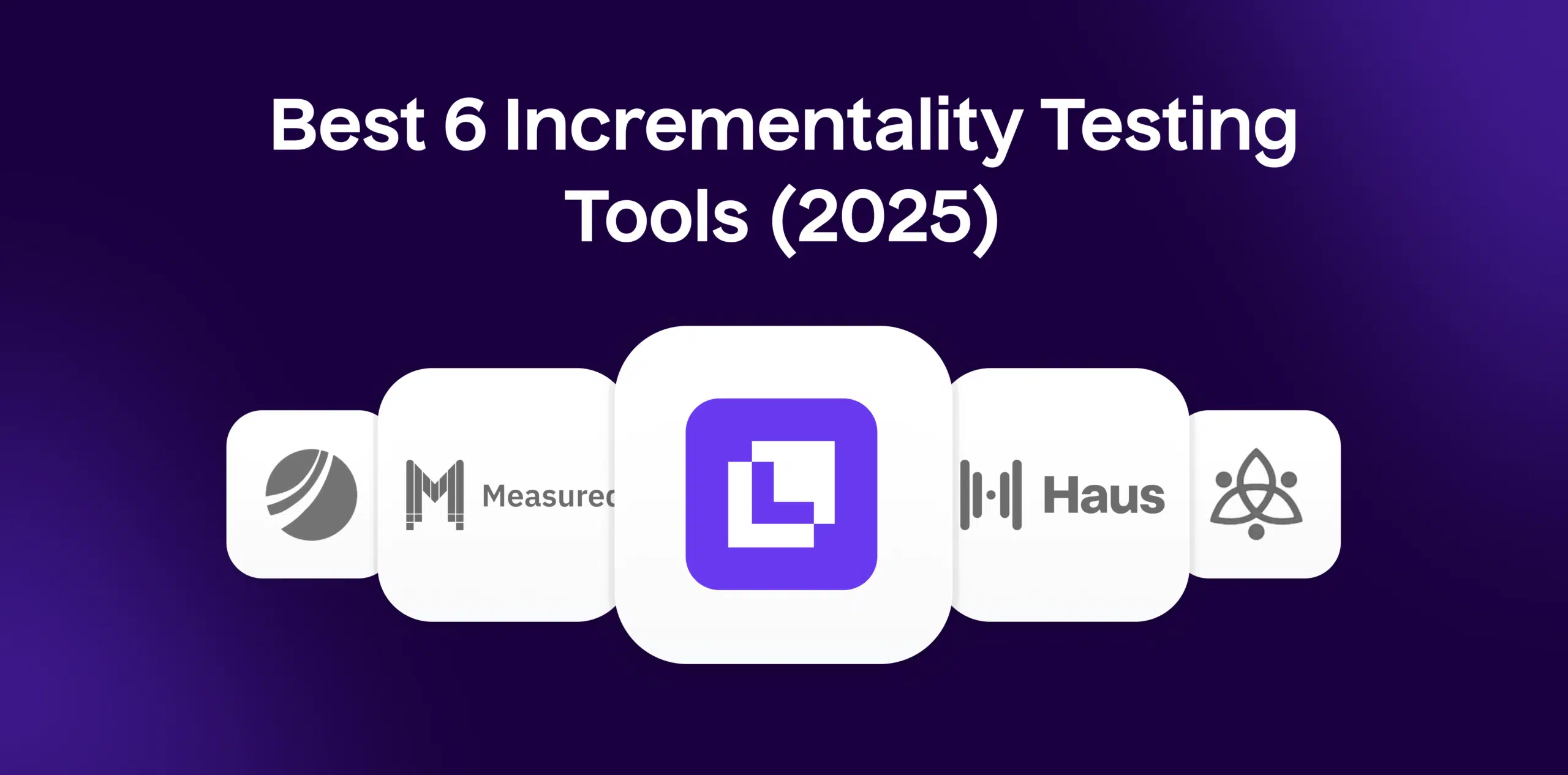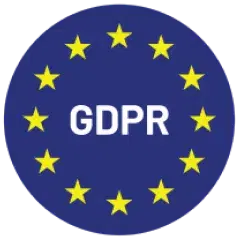What is Post-Purchase Email Engagement?
Post-purchase email engagement refers to the ongoing interaction and communication with customers after purchasing from an ecommerce store. This strategy aims to enhance customer satisfaction, foster customer loyalty, increase customer lifetime value, and generate additional revenue through repeat purchases and referrals. A well-executed post-purchase email strategy includes sending personalized and relevant content (e.g., order confirmations, delivery updates, product recommendations, promotions, and educational content) that adds value to the customer experience and encourages future interaction with the brand.
Formula
Post-Purchase Email Engagement Rate = (Number of engaged customers / Number of customers who made a purchase) * 100
Example
An online clothing store sends out a series of post-purchase emails: order confirmation, delivery updates, a satisfaction survey, a personalized selection of outfit ideas based on customer preferences, and an exclusive discount on a future purchase. If 500 out of 1000 customers who made a purchase engage with one or more of these emails, the post-purchase email engagement rate is 50%.
Why is Post-Purchase Email Engagement important?
- Strengthen customer relationships: By maintaining regular communication, you build trust and foster a sense of loyalty among your customers.
- Improve customer satisfaction: Providing customers with useful information, support, and offers demonstrates that you value their business.
- Drive repeat business and referrals: Engaged customers are more likely to make additional purchases and share positive experiences with others.
- Gain valuable feedback: Post-purchase emails can help you gather insights into customer preferences, satisfaction, and areas for improvement.
- Reduce customer churn: Proactively addressing issues and offering incentives can prevent disappointed customers from leaving for competitors.
Which factors impact Post-Purchase Email Engagement?
- Timing: The time between the purchase and the email send can significantly impact engagement.
- Content relevance: Emails with highly relevant content are more likely to be opened and engaged with.
- Email frequency: Sending too many or too few emails can negatively affect engagement rates.
- Segmentation: Targeted emails based on customer data and behavior will yield higher engagement rates.
How can Post-Purchase Email Engagement be improved?
- Personalize your content: Tailor your emails to each customer’s preferences, purchase history, and profile for maximum relevance and value.
- Optimize email design: Ensure that your emails are visually appealing, mobile-friendly, and easy to read.
- Maintain a consistent brand voice: Your post-purchase emails should reflect your brand’s identity and convey a sense of authenticity.
- Test and measure success: Regularly analyze your email engagement rates and make improvements based on your findings.
- Give customers a reason to engage: Offer valuable content and exclusive offers to encourage customers to open and interact with your emails.
What is Post-Purchase Email Engagement’s relationship with other metrics?
Post-purchase email engagement is directly related to metrics such as customer retention rate, customer lifetime value, repeat purchase rate, and referral rate. By optimizing your post-purchase email engagement strategy, you can improve overall business performance by increasing customer satisfaction and driving long-term customer loyalty.
Free essential resources for success
Discover more from Lifesight
